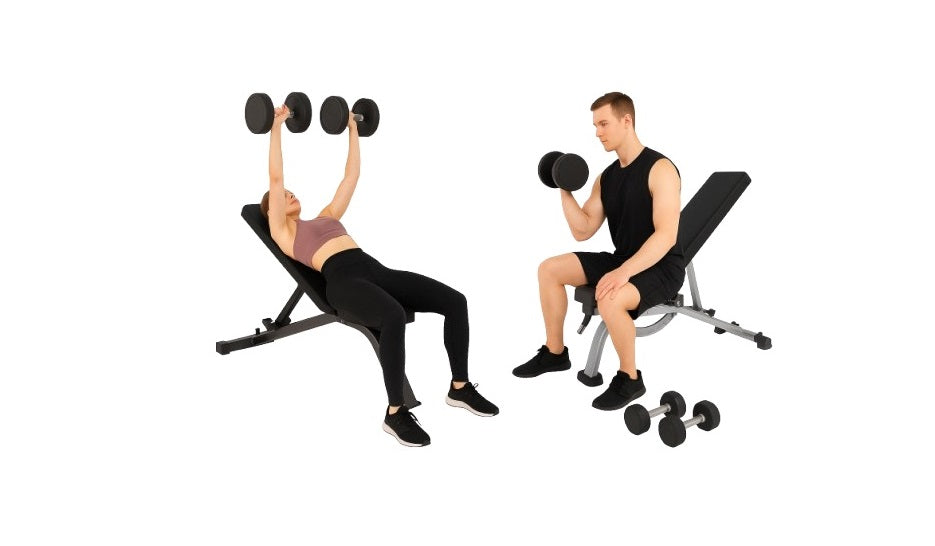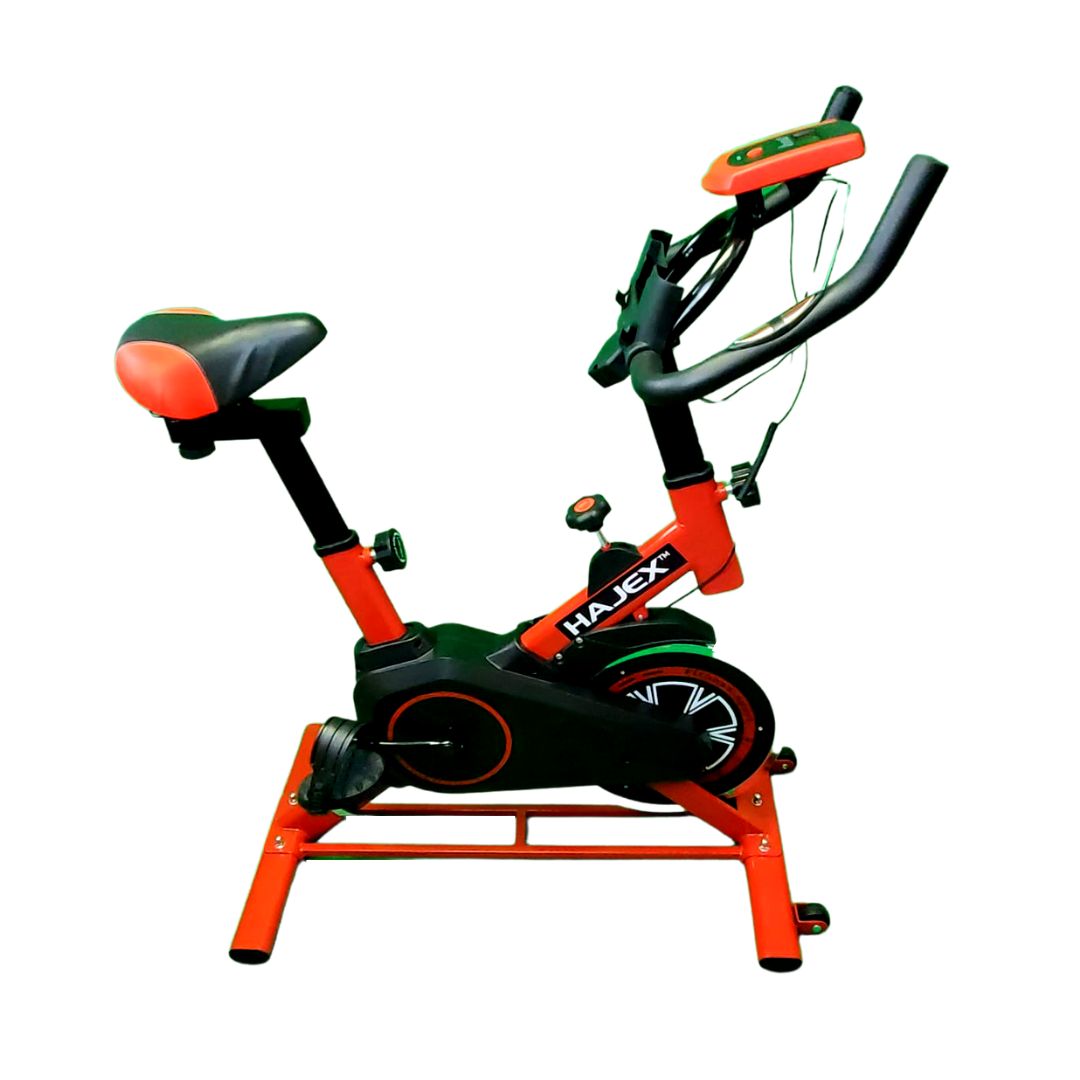Empowering Lives: Adaptive Workouts for Individuals with Disabilities
Physical fitness is a universal fitness goal that transcends barriers and empowers individuals of all abilities. For people with disabilities, incorporating a workout routine into their lives can bring about numerous physical, mental, and emotional benefits. Tailoring exercise programs to meet the unique needs of individuals with disabilities is crucial for fostering inclusivity and promoting overall well-being.

Understanding the Importance of Adaptation:
Adaptive workouts refer to exercise routines specifically designed to accommodate the varying needs and abilities of individuals with disabilities. These workouts are tailored to address mobility limitations, sensory challenges, and other unique considerations that may arise from different disabilities. The goal is to create an inclusive fitness environment that promotes independence and enhances overall fitness health.
Key Components of Adaptive Workouts:
Personalization:
Adaptive workouts begin with a thorough understanding of the individual's specific abilities, limitations, and health considerations. Personalization is key to developing a program that suits the unique needs of each person.

Mobility and Strength Training:
Tailoring workouts to enhance mobility and strength is crucial for individuals with disabilities. This can include exercises that focus on improving balance, flexibility, and muscular strength, adapted to the specific abilities of the individual.
Cardiovascular Exercises:
Cardiovascular health is essential for everyone, including those with disabilities. Adaptations may involve seated cardio exercises, water-based activities, or other low-impact options that cater to individual abilities.
Mind-Body Connection:
Incorporating mindfulness and relaxation techniques is vital for the overall well-being of individuals with disabilities. This can include practices such as yoga classes or meditation, adapted to suit the needs of participants.
Assistive Devices and Equipment:
The use of assistive devices and adaptive equipment can enhance the effectiveness of workouts for individuals with disabilities. This may include modified gym equipment, resistance bands, or even everyday items creatively repurposed to support specific exercises.
Inclusive Group Activities:
Creating an inclusive and supportive community is essential for maintaining motivation and engagement. Group activities, whether in-person or virtual, provide a sense of belonging and encouragement.
Benefits of Adaptive Workouts:
Improved Physical Health:
Adaptive workouts contribute to enhanced physical health by addressing specific challenges and promoting functional fitness.
Enhanced Mental Well-being:
Regular exercise has proven benefits for mental health, and adaptive workouts are no exception. Physical activity can reduce stress, anxiety, and depression while promoting a positive mindset.
Increased Independence:
Empowering individuals with disabilities to engage in adapted workouts fosters a sense of independence and control over their own health and well-being.
Social Inclusion:
Participating in adaptive workout programs facilitates social connections and creates a supportive community, reducing feelings of isolation.
Conclusion:
Adaptive workouts for individuals with disabilities are a testament to the inclusive and diverse nature of the fitness world. By recognizing and addressing the unique needs of each individual, we can create a fitness environment that promotes health, well-being, and empowerment for everyone, regardless of their abilities. Embracing adaptive workouts not only transforms lives on a physical level but also contributes to a more inclusive and compassionate society
 WEIGHT PLATES
WEIGHT PLATES
 Cast Iron Olympic Plates
Cast Iron Olympic Plates
 Olympic Rubber Weight Plates
Olympic Rubber Weight Plates
 PVC Weight Plates
PVC Weight Plates
 DUMBBELLS
DUMBBELLS
 Rubber Hex Dumbbells
Rubber Hex Dumbbells
 Cast Iron Adjustable Dumbbells
Cast Iron Adjustable Dumbbells
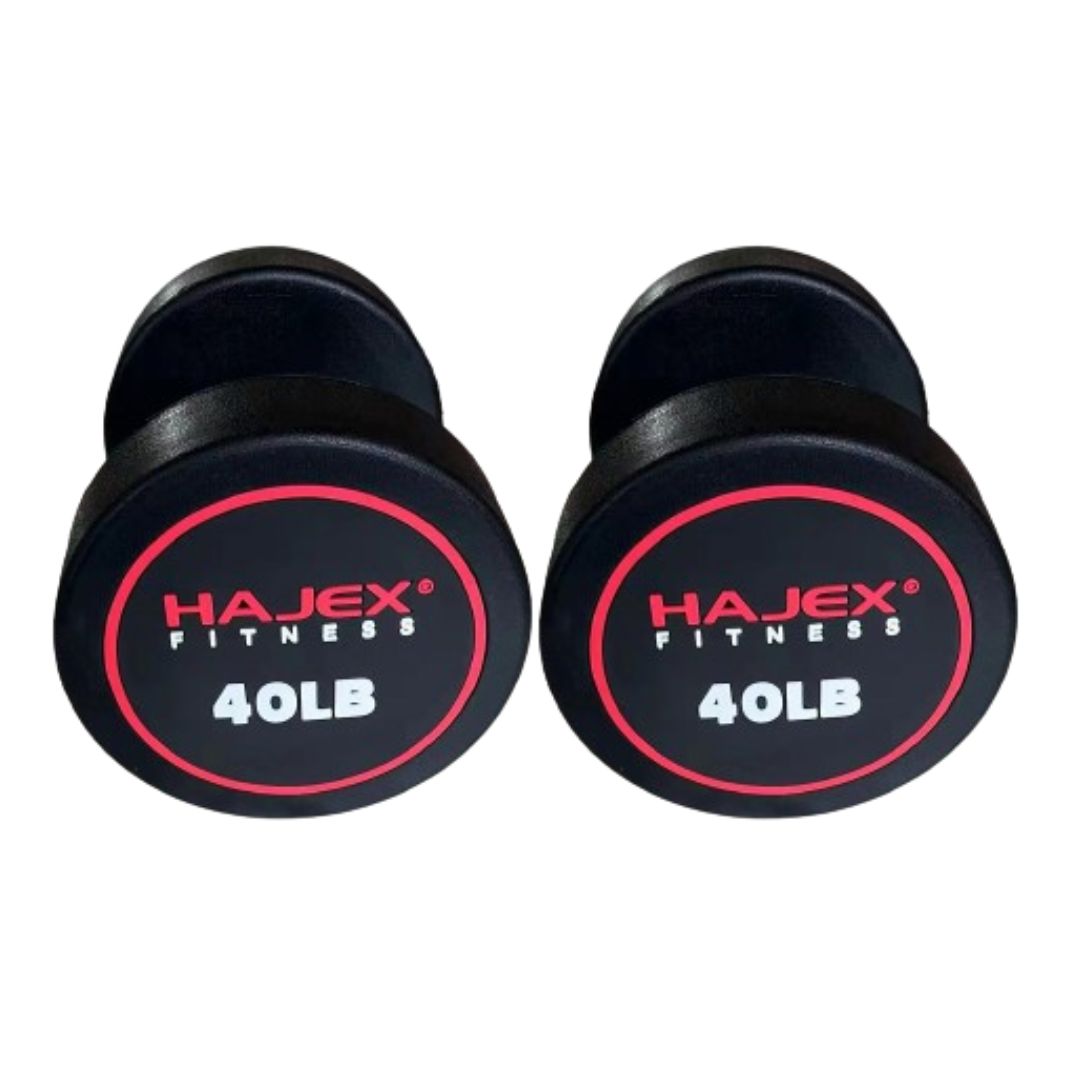 Round Head Dumbbells
Round Head Dumbbells
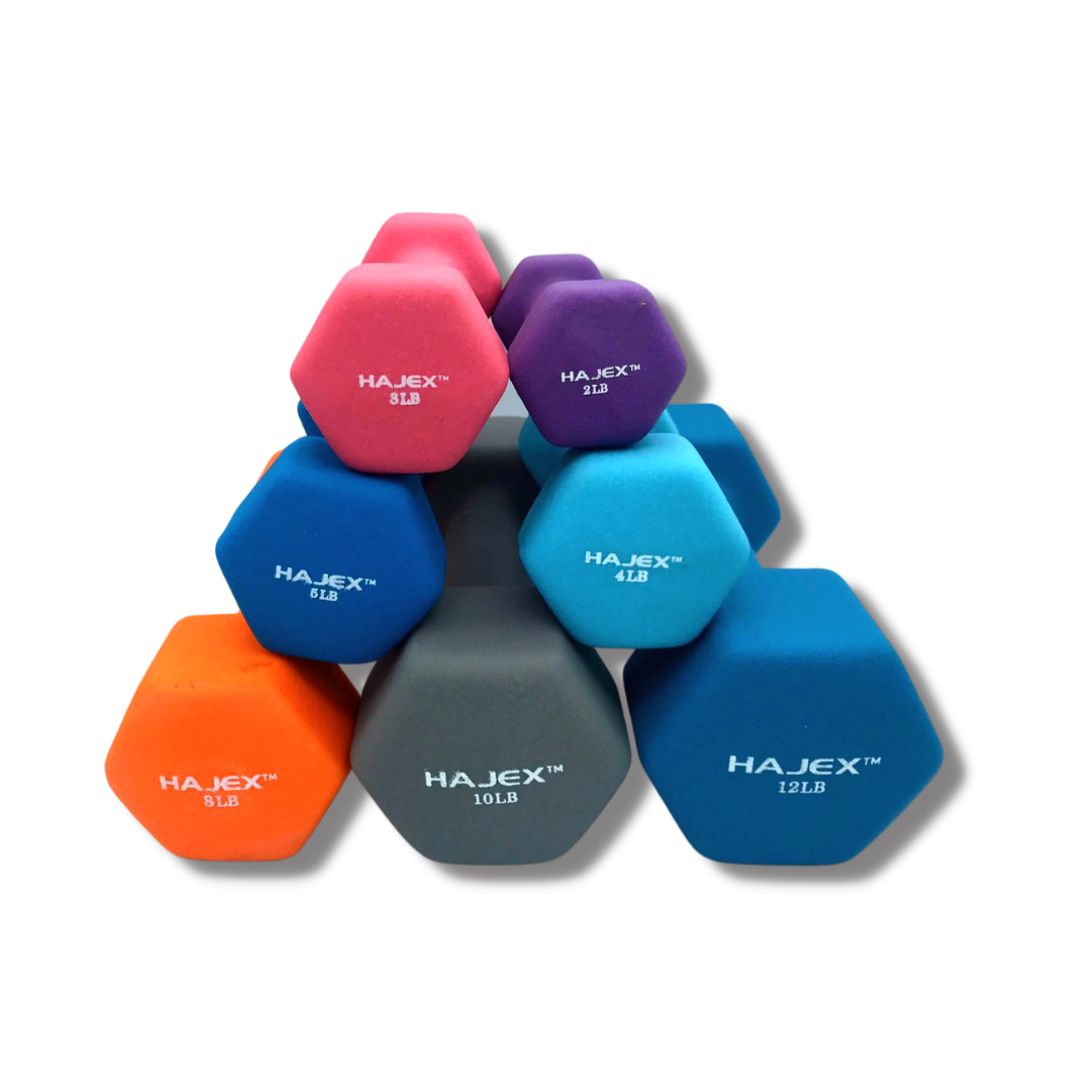 Neoprene Dumbbells
Neoprene Dumbbells
 BENCHES
BENCHES
 CARDIO
CARDIO
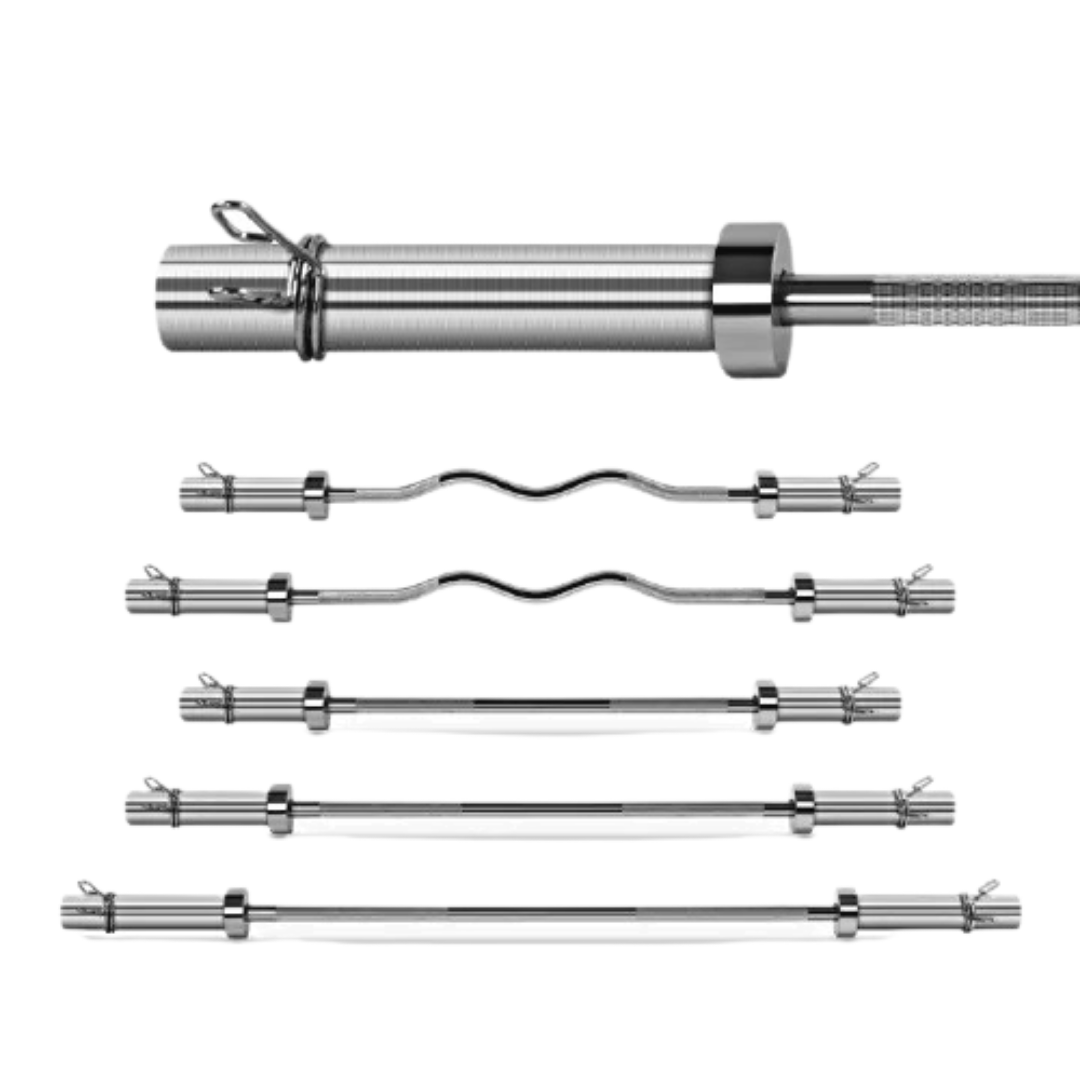 BARBELL BARS
BARBELL BARS
 Home Gym Deals
Home Gym Deals
 Olympic Bumper Plates
Olympic Bumper Plates
 Olympic Bumper Weight Plates Stacks
Olympic Bumper Weight Plates Stacks
 Tri Grip Plates
Tri Grip Plates
 Tri Grip Cast Iron Weight Plates Stacks
Tri Grip Cast Iron Weight Plates Stacks
 Weight Plates Combo
Weight Plates Combo
 Olympic Steel Hub Bumper Plates
Olympic Steel Hub Bumper Plates
 PVC Dumbbells
PVC Dumbbells
 NUO Style Adjustable Dumbbells
NUO Style Adjustable Dumbbells
 Dumbbells Stacks
Dumbbells Stacks
 Olympic Barbells 2"
Olympic Barbells 2"
 Standard Barbells 1"
Standard Barbells 1"
 Fixed Weight Bars
Fixed Weight Bars
 Benches with Pulley & Rack
Benches with Pulley & Rack
 CARDIO
CARDIO
 Foldable Walking Pads
Foldable Walking Pads
 Exercise Bikes
Exercise Bikes
 RACKS, CAGES & SMITHS
RACKS, CAGES & SMITHS
 Smith Machines
Smith Machines
 Power Racks
Power Racks
 Squat Racks
Squat Racks
 STORAGE RACKS
STORAGE RACKS
 Dumbbell & Kettlebell Racks
Dumbbell & Kettlebell Racks
 Mini Dumbbell Racks
Mini Dumbbell Racks
 Adjusatble Dumbbell Stands
Adjusatble Dumbbell Stands
 MORE
MORE
 Kettlebells
Kettlebells
 Adjustable Kettlebells - Single & Pair
Adjustable Kettlebells - Single & Pair
 Floor Mats
Floor Mats
 Yoga
Yoga
 Push Up
Push Up
 Resistance Bands
Resistance Bands
 Barbell Pads
Barbell Pads
 Dumbbell Handles
Dumbbell Handles
 Jump Ropes
Jump Ropes




